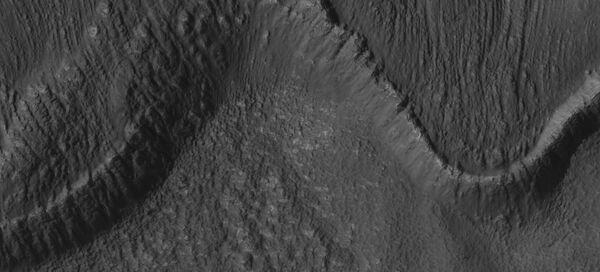Scientists at the University of Copenhagen have used radar observations spanning ten years to determine how thick the glacier formations are. Nanna Bjørnholt Karlsson of the Centre for Ice and Climate at the Niels Bohr Institute there explained that previous data listed thousands of glacier-like formations on the planet, but that data didn’t indicate how much ice there was.
“We have looked at radar measurements spanning ten years back in time to see how thick the ice is and how it behaves. A glacier is after all a big chunk of ice and it flows and gets a form that tells us something about how soft it is. We then compared this with how glaciers on Earth behave and from that we have been able to make models for the ice flow," Bjørnholt Karlsson told Phys.org.
Bjørnholt Karlsson said the glaciers, found in the planet’s northern and southern hemispheres, are arranged in belt patterns around Mars between latitudes 300-500, which on Earth is just south of Denmark’s position.
"We have calculated that the ice in the glaciers is equivalent to over 150 billion cubic meters of ice – that much ice could cover the entire surface of Mars with 1.1 meters of ice. The ice at the mid-latitudes is therefore an important part of Mars' water reservoir," explained Bjørnholt Karlsson.
Thick layers of dust on Mars’ surface have until now obscured the ice formations, making them look like the surface of the ground. But scientists say the dust may also be protecting the glacial formations, preventing the ice from evaporating into space.




